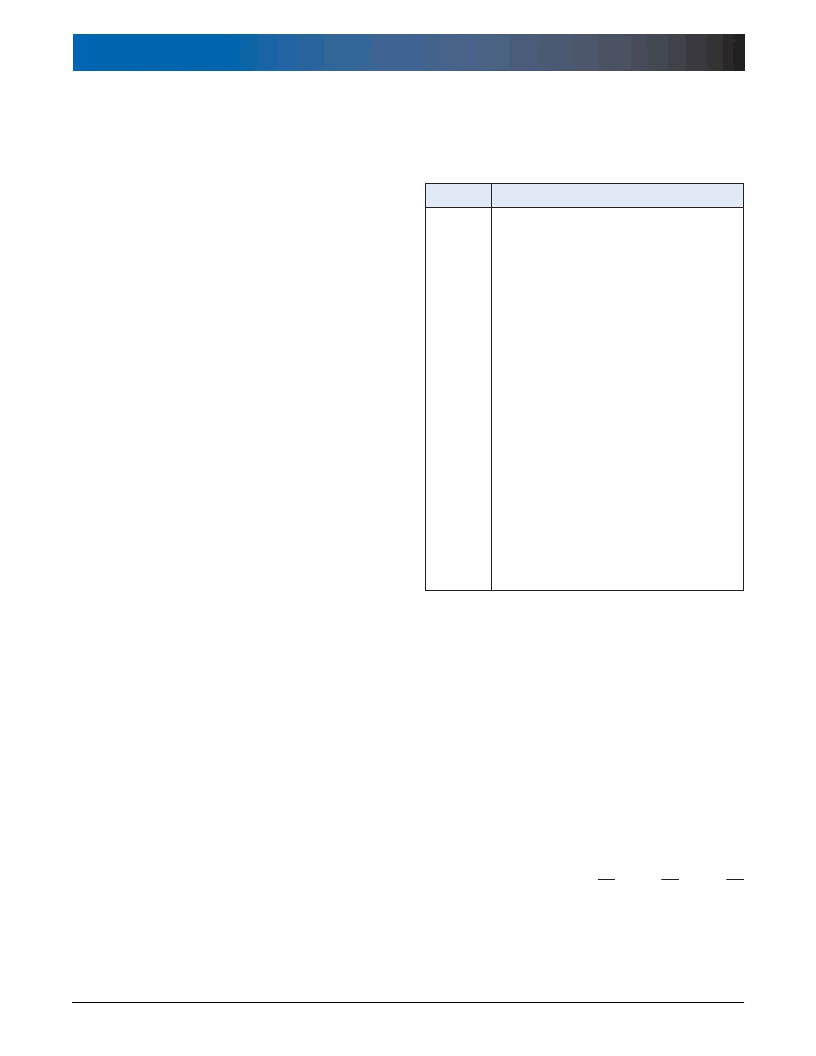- 您現(xiàn)在的位置:買賣IC網(wǎng) > PDF目錄376305 > RC86L50-0 (Electronic Theatre Controls, Inc.) VOICE SYNTHESIZER PDF資料下載
參數(shù)資料
| 型號(hào): | RC86L50-0 |
| 廠商: | Electronic Theatre Controls, Inc. |
| 英文描述: | VOICE SYNTHESIZER |
| 中文描述: | 語音合成器 |
| 文件頁數(shù): | 38/48頁 |
| 文件大?。?/td> | 747K |
| 代理商: | RC86L50-0 |
第1頁第2頁第3頁第4頁第5頁第6頁第7頁第8頁第9頁第10頁第11頁第12頁第13頁第14頁第15頁第16頁第17頁第18頁第19頁第20頁第21頁第22頁第23頁第24頁第25頁第26頁第27頁第28頁第29頁第30頁第31頁第32頁第33頁第34頁第35頁第36頁第37頁當(dāng)前第38頁第39頁第40頁第41頁第42頁第43頁第44頁第45頁第46頁第47頁第48頁

38
RC8650 VOICE SYNTHESIZER
RC SYSTEMS
S
ECTION
4: E
XCEPTION
D
ICTIONARIES
Exception dictionaries make it possible to alter the way the RC8650
interprets character strings it receives. This is useful for correcting
mispronounced words, triggering the generation of tones and/or
the playback of prerecorded sounds, or even speaking in a foreign
language. In some cases, an exception dictionary may even negate
the need of a text pre-processor in applications that cannot provide
standard text strings. This section describes how to create exception
dictionaries for the RC8650.
The text-to-speech modes of the RC8650 utilize an English lexicon and
letter-to-sound rules to convert text the RC8650 receives into speech.
The pronunciation rules determine which sounds, or phonemes, each
character will receive based on its relative position within each word.
The integrated DoubleTalk text-to-speech engine analyzes text by
applying these rules to each word or character, depending on the op-
erating mode in use. Exception dictionaries augment this process by
defining exceptions for (or even replacing) these built in rules.
Exception dictionaries can be created and edited with a word proces-
sor or text editor that stores documents as standard text (ASCII) files.
However, the dictionary must be compiled into the internal format used
by the RC8650 before it can be used. The
RCStudio
software, avail-
able from RC Systems, includes a dictionary editor and compiler.
EXCEPTION SYNTAX
Exceptions have the general form
L(F)R=P
which means “the
text fragment
F, occurring with
left context
L and
right context
R, gets the
pronunciation
P.” All three parts of the ex-
ception to the left of the equality sign must be satisfied before the text
fragment will receive the pronunciation given by the right side of the
exception.
The text fragment defines the input characters that are to be trans-
lated by the exception, and may consist of any combination of letters,
numbers, and symbols. Empty (null) text fragments may be used to
generate sound based on a particular input pattern, without actually
translating any of the input text. The text fragment (if any) must always
be contained within parentheses.
Characters to the left of the text fragment specify the left context (what
must come before the text fragment in the input string), and charac-
ters to the right define the right context. Both contexts are optional, so
an exception may contain neither, either, or both contexts. There are
also 15 special symbols, or
context tokens
, that can be used in an
exception’s context definitions (Table 4.1).
Note that although context tokens are, by definition, valid only within
the left and right context definitions, the wildcard token may also be
used within text fragments.
Any other context token appearing within
a text fragment will be treated as a literal character.
The right side of an exception (P) specifies the pronunciation that the
text fragment is to receive, which may consist of any combination
of phonemes (Table 2.1), phoneme attribute tokens (Table 2.2), and
commands (Table 2.14). Using the tone generator and prerecorded
audio playback commands, virtually limitless combinations of speech,
tones, and sound effects can be triggered from any input text pattern. If
no pronunciation is given, no sound will be given to the text fragment;
the text fragment will be silent.
A dictionary file may also contain comments, but they must be on lines
by themselves (i.e., they cannot be on the same line as an exception).
Comment lines must begin with a semicolon character (;), so the com-
piler will know to skip over them.
An example of an exception is
C(O)N=AA
which states that o after c and before n gets the pronunciation
AA
, the
o-sound in cot. For example, the o in conference, economy, and icon
would be pronounced according to this exception.
Another example is
Table 4.1. Context Tokens
相關(guān)PDF資料 |
PDF描述 |
|---|---|
| RC86L50-1 | VOICE SYNTHESIZER |
| RC86L50-2 | VOICE SYNTHESIZER |
| RC86L50-3 | VOICE SYNTHESIZER |
| RCM3200 | C-Programmable Module with Ethernet |
| RCV336ACFWSP | RCV336ACF/SP and RCV144ACF/SP Modem Device |
相關(guān)代理商/技術(shù)參數(shù) |
參數(shù)描述 |
|---|---|
| RC86L50-1 | 制造商:未知廠家 制造商全稱:未知廠家 功能描述:VOICE SYNTHESIZER |
| RC86L50-2 | 制造商:未知廠家 制造商全稱:未知廠家 功能描述:VOICE SYNTHESIZER |
| RC86L50-3 | 制造商:未知廠家 制造商全稱:未知廠家 功能描述:VOICE SYNTHESIZER |
| RC86L60-1 | 制造商:未知廠家 制造商全稱:未知廠家 功能描述:CMOS, 3.3 Volt / 5 Volt Voice Synthesizer Chipset |
| RC86L60-2 | 制造商:未知廠家 制造商全稱:未知廠家 功能描述:CMOS, 3.3 Volt / 5 Volt Voice Synthesizer Chipset |
發(fā)布緊急采購,3分鐘左右您將得到回復(fù)。